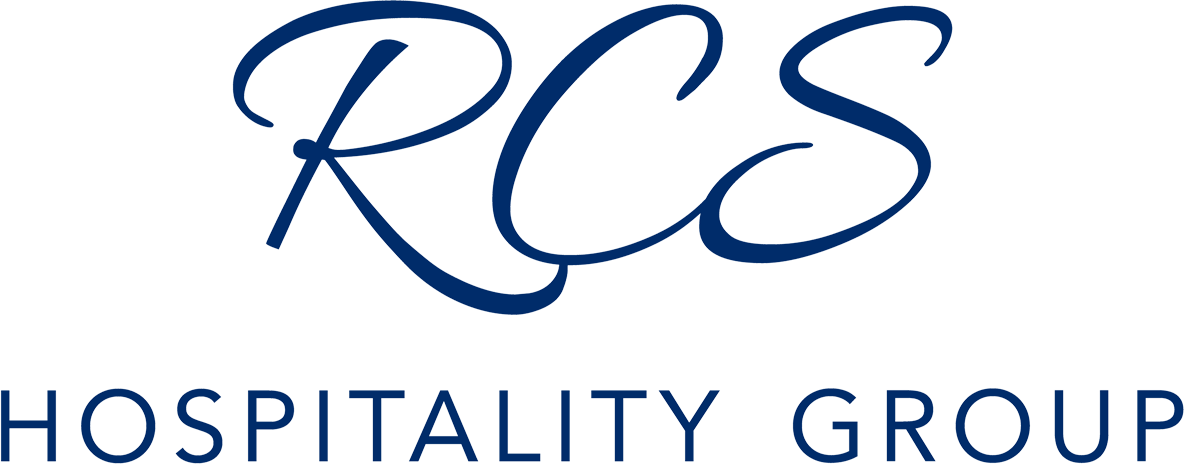‘The DNA of work has changed’: Many Americans want to keep working from home after the COVID-19 crisis passes.

In one way or another, we have all been affected by the COVID pandemic that has taken the world by storm. Although, the virus has begun to subside and mask mandates are being lifted, it brings us to so many questions, such as, “When will we return to normalcy? How does this affect me at work? Is it safe to go back?”
The Current American Workplace:
A Harris Poll Survey in USA TODAY was conducted to examine how the pandemic affected the workplace and how it will potentially change in the coming months. At the beginning of the pandemic, people were not sure what to expect. Many assumed they would work from home for 2-3 weeks and then go back into the office. Many even viewed it is a “mini vacation.” But that obviously was not the case as people have been working from home full-time for the past 15 months. Now that people are so used to working from home, many don’t want to go back to the office at all. Many people realized they enjoyed working from home more than working at the office. They now had more time to spend with their kids and their families, no longer had to sit through in-person meetings, and their commute to work was now just a short walk down the hall.
When asked the question “If it were up to you…”
- 40% of people said they would permanently work from home
- 35% would develop some sort of hybrid of going to the office and working from home
- 25% said they wished to return to the office full-time
Could the way of work we have adopted be the new normal?
A Return to Normalcy:
This so called “return to normalcy” is not as simple as it may seem. Despite people becoming vaccinated, gatherings beginning to grow, and workplaces starting to open up, many companies do not intend to bring people back into the office within the next few months, if at all.
- 19% of companies stated employees would be back in the office full-time within 1-3 months
- 17% in 4-6 months
- 16% of companies still do not know when they will return
Many people now prefer working from home, do not want to change their lives again and are worried for their health coming back into office.
- 36% of people surveyed said returning to the office would cause them to lose the flexibility that they currently have at home
In addition, the idea of safety concerns people:
- 31% of people surveyed are concerned about being around people again
- 30% are worried about those who are not vaccinated
- 30% are worried about social distancing not being maintained
- 27% are worried about sharing appliances and spaces with others
Finally, another significant reason people don’t want to return to work is the social anxiety that is associated with it:
- 35% are nervous to engage in small talk
- 28% have forgotten how to socialize
People have gotten used to and enjoyed the comfort and safety they feel in their own home and behind a screen. This is clearly more than just retuning to work, it is changing the routine of people’s lives, potentially putting them at risk, and adding unneeded stress and anxiety into the workplace. Cali Williams Yost, CEO of Flex + Strategy Group said that “The DNA of work has changed. Employers need to acknowledge that.” As much as people may like or dislike the way they are currently working, it may be our new normal.

What can we do moving forward?
As always, communication is paramount. Whether it be keeping people informed that you will be going on vacation or simply saying you are unable to complete something by the deadline, it must be communicated. If people choose to adopt a hybrid workplace, communication will need to be better than ever for both onsite and remote employees to “stay in the loop.”
In addition, now is the time to express empathy and patience for others’ feelings and concerns. If an employee isn’t comfortable returning to the office quite yet, help them stay involved and offer positive, motivational feedback that the work they are doing is integral and impactful. A major upside discovered over the past year of remote work is the novelty of flexible work hours that accompany remote work—realize that others may not work on the same schedule as you and that communication of deadlines will be crucial! Once again, communication is vital! We may all feel Zoom-ed out at the moment, but as the workforce becomes more hybrid, bringing back Zoom happy hours may be the ticket to bridging the gap between your on-site and remote workforces.









